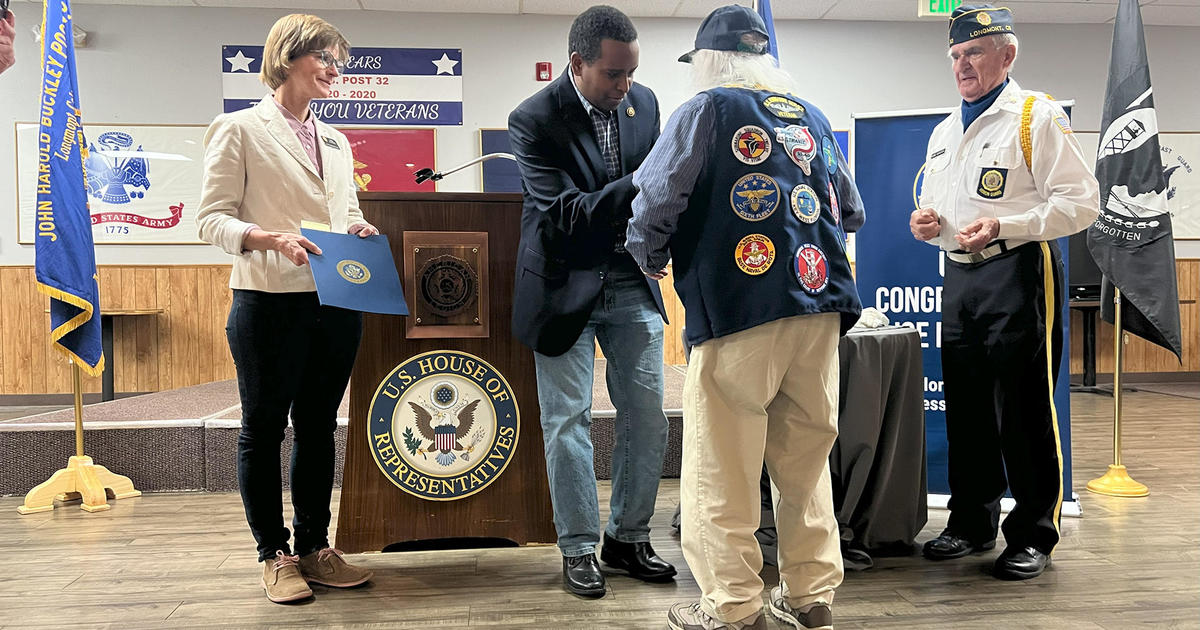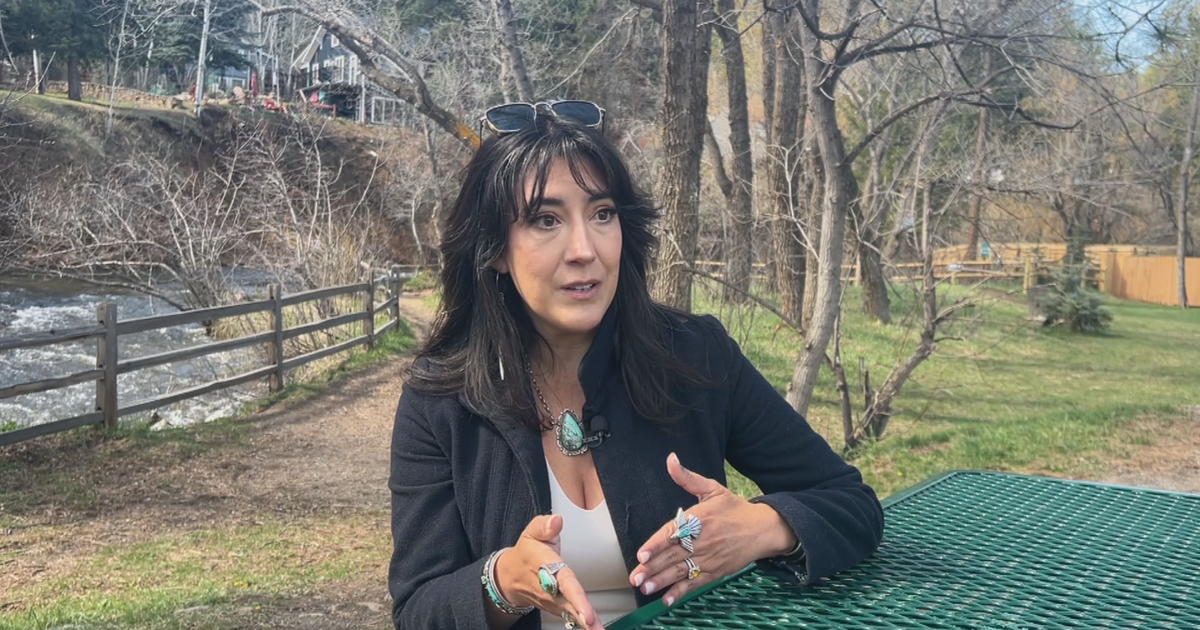A Piece Of Americana Uncovered In Greeley
GREELEY, Colo. (AP) - A 12-year study into a piece of Americana led one Virginia resident to Greeley recently via a 1912 Sears catalog.
In the catalog, which was one of the chief ways of getting goods back at the turn of the century, Sears Roebuck and Co. operated a thriving kit home business. Shoppers could flip the through pages of the hefty catalog to find their dream homes, and Sears would ship them out by rail.
One Greeley couple did just that.
In the black and white pages of the 1912 Sears Modern Homes catalog, Winfred Senier's words appeared as a testimonial beneath a photo of the nearly $2,200 home:
"Gentlemen: The material is the best of any house in Greeley, which is a town of 19,000 population. I am so well pleased that if I were going to build another house, Sears Roebuck and Company would furnish the material. I saved at the best account $500. Yours respectfully, W.H. Senier."
Today, Senier, the reported grandson of an original Union Colony pioneer, is at rest in the Linn Grove Cemetery. He died Nov. 29, 1945, at the age of 73, according to the obituary in the Greeley Tribune. He came to Greeley from Georgia with his parents when he was 6. That would have been in 1878, nine years after the Union Colony utopian community was started by Nathan Meeker under the direction of Horace Greeley.
His obituary stated he ran a stock farm for 35 years on 5th Street Road in east Greeley, and he bred Shire horses, Tamworth hogs, and Airedale and Shepherd dogs. His wife May died in 1956.
The old photo shows a man in a hat and a woman sitting on the front porch of the home, with two dogs at their feet, and horse at the side of the house.
"These Sears kit houses were all over the country, but being able to verify a house is a Sears kit house, in my opinion, is pretty unique and fairly significant," said Betsy Kellums, historic preservation specialist with the city of Greeley.
The find, for Rosemary Thornton, 53, of Norfolk, Va., is a bonanza. She is the author of four books on Sears kit homes, and she has been researching them for 12 years.
"I just want people in town to know they really do have something special there," Thornton said. "It's also a chance to teach people a little piece of history."
The company sold 70,000 kit homes across the country, but few shipped west of the Mississippi River, she said. Weld County records show the home was built - or rather, as Thornton and that Sears catalog can attest - assembled in 1910.
From the photo, and based on Thornton's research, Senier purchased the piece-together Avondale, one of Sears' fancier models, with upgrades, such as stained-glass windows.
"This house arrived at a depot in one box car containing 12,000 pieces. It came with every single thing needed to build it, from towel racks to roofing shingles to finishing nails and closet hooks (72 of them!)," Thornton said. "Sears estimated that a 'man of average abilities' could have this house built in 90 days."
Most sizable towns in those days had kit home companies, Thornton said. But she said the first Sears homes were built in 1909.
"For this to show up in 1912 catalogs tells me it was probably built in 1910 and 1911," Thornton said. "My point is, this is one of the very first Sears homes. West of Mississippi, there just aren't that many. You get toward Colorado, and they're just scarce."
Shipping costs were expensive, she said, and kit home companies were popping up around the country. More kit homes today on the western half of the United States could come from a California company called Pacific Ready-Cut Homes.
Kit homes became more prevalent after World War I ended in 1918. The soldiers came back and there wasn't enough housing, and they were no longer inclined to marry and move back into their parents' homes. Building materials costs skyrocketed. Ordering a ready-made home from Sears was faster and cheaper.
The Sears homes were of much hardier stock than builders would find today, Thornton said.
"If you drive a nail in joists of old Sears homes, it will bend the nail," Thornton said.
"I'm hoping and praying this house will not end up being demolished because these were built with first-growth lumber out of virgin forests," Thornton said. "Sears actually got lumber from the deep south like Louisiana, around the Gulf region, and used a lot of Cyprus, and oaks, and No. 1 southern yellow pine. This wood was harvested from forests where trees grew naturally, so they had a very dense wood that grew slowly in a natural environment."
Thornton said she has no other intentions regarding the Greeley kit home, which she recently found after a year of steady inquiry. She just wants people to know about it in hopes of keeping it from the wrecking ball, if indeed that is ever in the home's future.
The house is now in disrepair with a small business running out of it. The owners, based in Westminster, who purchased the home out of foreclosure in 1992, declined to comment for this story and preferred to keep its exact address secret for fear of vandalism or theft.
Just outside of city limits, the home falls out of the city of Greeley's purview, Kellums said.
"It's maybe a forgotten part of Americana," Kellums said of the home. "Obviously catalogs were a big thing in American history for a long time."
- By Sharon Dunn, The Tribune
(© Copyright 2013 The Associated Press. All Rights Reserved. This material may not be published, broadcast, rewritten or redistributed.)



